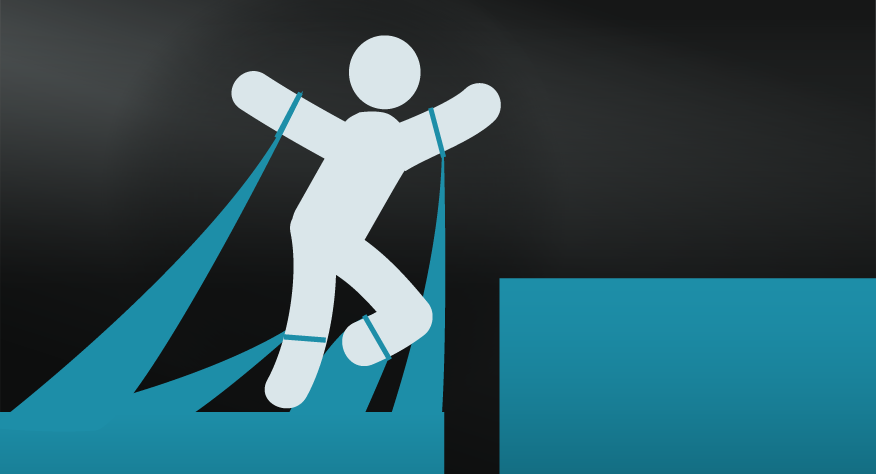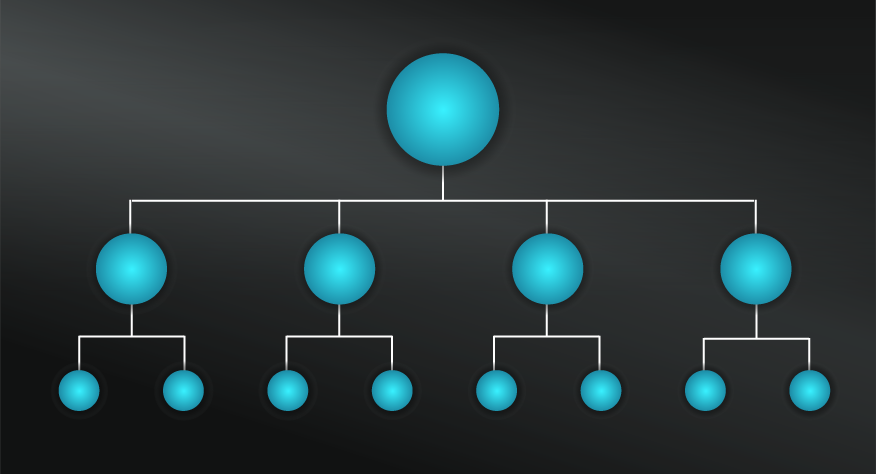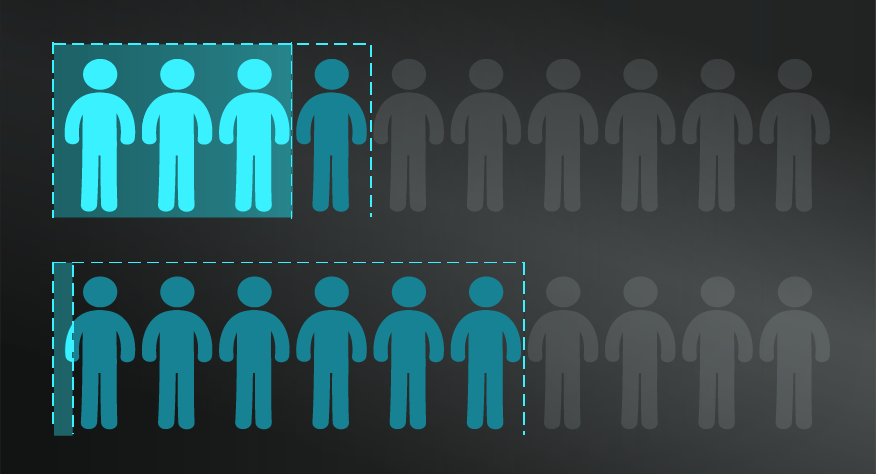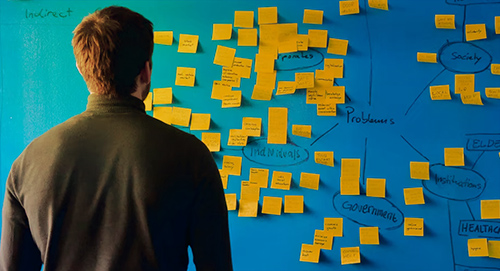
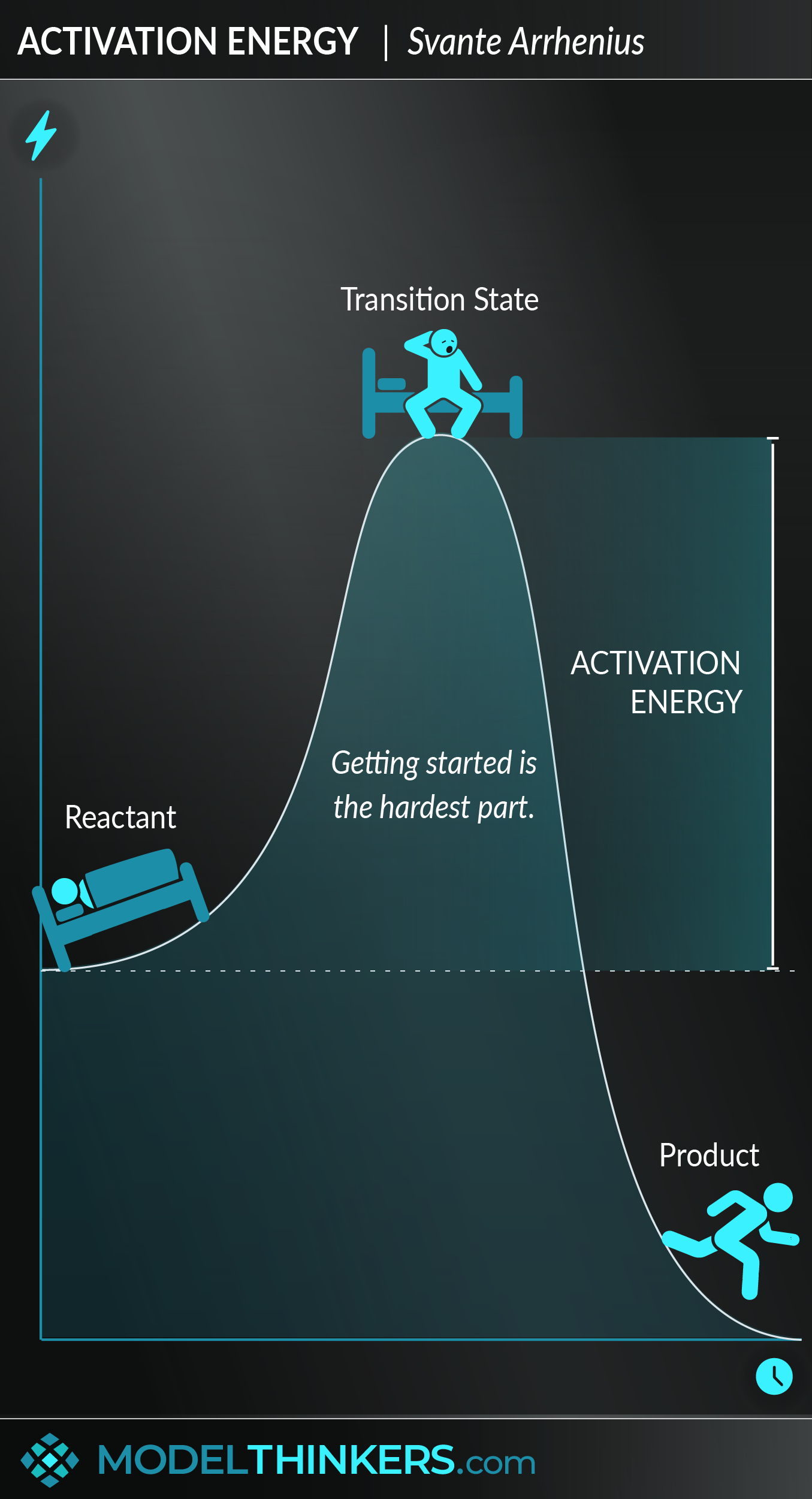
 0 saved
0 saved
 30.5K views
30.5K views








There's a saying that the hardest thing about working out is getting to the gym. Indeed, this mental model is a reminder that getting started is often the hardest part of any journey or change.
Activation Energy can be viewed as the disproportionately high energy required to get something moving, compared to keeping it moving.
STARTING OUT IS EFFORTFUL.
Activation Energy originated in physics and chemistry describing the minimal amount of energy required for a reaction to occur. For broader application, you can visualise it as the initial ‘hill’ or expenditure of energy that must be overcome to start something new.
It's a powerful mental model to understand the initial resistance that you, or your audience, will face to get started or restarted. When seeking a positive behavioural change, this model is a reminder to make that first step as simple and frictionless as possible.
COMPONENTS PLUS ENERGY.
Despite urban myths, combustion does not just occur spontaneously with the combination of elements alone, it takes additional Activation Energy to initiate a reaction and get things moving. When applying this principle to social contexts, Activation Energy becomes a reminder that relationships require more than just the addition of people. Whether you’re initiating a new cross-functional team or starting a new personal relationship — collaborative and social relationships will tend to require disproportionately high energy at the beginning.
HEMMINGWAY'S HACK.
Hemmingway offered writing advice to maintain momentum and avoid the block of Activation Energy that can be applied more broadly, he explained: "The best way is always to stop when you are going good and when you know what will happen next."
This technique creates ongoing momentum that leverages the Zeigarnik Effect, and your tendency to remember unfinished work, and avoids negative challenges of Temporal Landmarks, and your tendency to create Fresh Starts. Practical applications of this hack might include writing yourself a morning To-Do List before you go to bed; setting up your next meeting for the following week before you knock off on Friday; or putting down a book you're reading mid-chapter.
FROM PERSONAL CHANGE TO EXPERIENCE DESIGN.
Whether you're trying to start studying, exercise, or do that job you've been avoiding — ask the question 'how might I reduce the Activation Energy here?' This might be as simple as finding an easy or small first step. At the same time, be aware of competing behaviours — of watching TV, playing video games, etc. — that might have low Activation Energy. You will naturally gravitate towards options with lower Activation Energy, so consider how you can change this with Nudges to your environment, Habits, and shifts to your routine.
In terms of experience design, consider how Activation Energy is reduced by physical shops that have large open doors and external displays; online businesses that offer freemium content; and how fictional books and TV series use a 'big opening' and narrative hook to pull you over the Activation Energy of becoming familiar with new characters, worlds and plot.
IN YOUR LATTICEWORK.
Reduce Activation Energy by incorporating models including the Domino Effect, Critical Mass/Tipping Point and Catalysts. Also, consider how you might make use of Nudges that reduce friction by applying the EAST Framework. The likes of B.J. Fogg and James Clear have also recommended focusing on small Habits, reducing Activation Energy, and providing a greater chance for success as a result.
Activation Energy can help explain the Lock-in Effect in terms of customer behaviour, and the challenges of 'storming' in the 5 Stages of Teaming. Finally, as described above, consider how you can use the Zeigarnik Effect and Temporal Landmarks to better challenge Activation Energy.




- Start with small steps
Instead of making life-changing resolutions, focus on small victories and marginal improvements. Having important goals might be useful, but without being broken down into small, achievable steps, they tend to require big Activation Energy.
- Remove initial friction
Consider how to lower the Activation Energy of the desired action by removing friction or obstacles. If there are barriers or more challenging actions required, put them near the end of a process after there is more momentum to the activity.
- Focus on payoff
If friction remains and there is high Activation Energy in a desired process, consider how to remind yourself or the target audience of the ‘payoff’. Presenting clear and timely motivation to overcome that activation energy.
- Find a catalyst for your actions
Consider the use of a catalyst that will lower the required activation energy and make the reaction happen faster. Let’s say you want to work out every day but are not motivated enough; you can include your best friend in your routine and you will be more likely to attain your objective.
Identifying and measuring Activation Energy in business and life applications can be difficult and requires testing to confirm its level of influence compared with a multitude of other factors such as motivation, current discomfort, routines, and habits. In some instances, particularly those that have a 'gentle beginning', the real challenges of effort might come later.
Starting your car.
Starting a combustion engine requires activation energy to burn gasoline that will keep the engine running after than initial energy spike.
Seeing the sights of your city.
Psychology Today noted that activation energy is one of the reasons why tourists will more likely see the sights of your city than you will. They overcome activation energy because their visit to your city is timeboxed, while you can put it off to tomorrow.
Activation Energy is a scientific mental model that has strong application to any field where a change or start to a behaviour is required. It underlies aspects of behavioural economics and nudging.
Use the following examples of connected and complementary models to weave <THIS MODEL NAME> into your broader latticework of mental models. Alternatively, discover your own connections by exploring the category list above.
Connected models:
- Catalyst: in terms of reducing activation energy
- EAST nudge framework: to remove friction of a desired behaviours.
- Fast and slow thinking: to understand the basic inertia of behaviour.
- Feedback loops (and homeostasis): also relating to underlying inertia.
- Lock-in effect: and tendency for customers to stay.
Complementary models:
- Habit formation: understanding the initial resistance and effort required.
- Forcing functions: to embed often forgotten activities that seem too hard to initiate out of context.
Activation Energy was introduced in 1889 by Swedish scientist Svante Arrhenius. The Arrhenius equation is used to calculate the rates of chemical reactions and the quantity of energy required to start them.
 My Notes
My Notes
Oops, That’s Members’ Only!
Fortunately, it only costs US$5/month to Join ModelThinkers and access everything so that you can rapidly discover, learn, and apply the world’s most powerful ideas.
ModelThinkers membership at a glance:






“Yeah, we hate pop ups too. But we wanted to let you know that, with ModelThinkers, we’re making it easier for you to adapt, innovate and create value. We hope you’ll join us and the growing community of ModelThinkers today.”

















